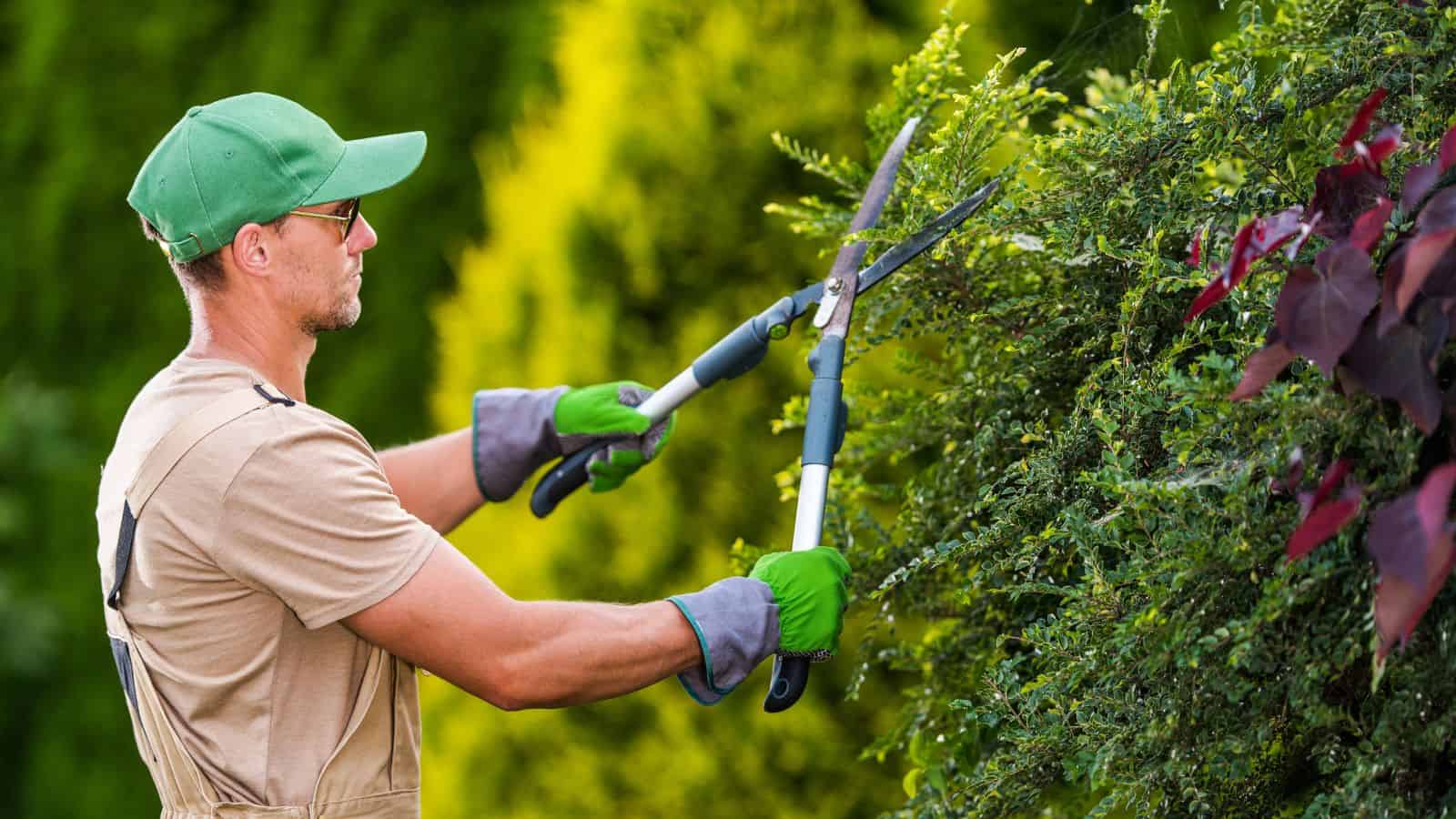Using native plants in your landscaping offers numerous advantages for your garden and the environment. These plants are well-adapted to local conditions, support local wildlife, and require less maintenance than non-native species. Here are five key benefits of incorporating native plants into your landscape.

Low Maintenance
Native plants are naturally suited to the local climate and soil conditions, making them much easier to care for than non-native species.
Because they have evolved to thrive in their specific environments, they typically require less water, fertilizer, and overall maintenance. This means you can spend more time enjoying your garden and less time working in it.
For instance, native plants are generally more drought-tolerant, reducing the need for frequent watering, which can save both time and resources.
Supports Local Wildlife
One of the significant benefits of using native plants is their ability to support local wildlife. These plants provide essential habitat and food sources for a variety of species, including birds, butterflies, and bees.
For example, many native flowers offer nectar that attracts pollinators, which are crucial for the health of the ecosystem. Additionally, native plants can provide shelter and breeding grounds for various animals, helping to maintain and increase local biodiversity.
Environmental Benefits
Native plants contribute positively to the environment in several ways. Firstly, their deep root systems help to stabilize soil, preventing erosion and improving water infiltration.
This is particularly beneficial in areas prone to heavy rainfall or on slopes. Secondly, because native plants require fewer chemical inputs, such as fertilizers and pesticides, they reduce the risk of water pollution.
The reduction in chemical usage also means less runoff into local waterways, which helps to maintain clean and healthy water systems.
Preserves Local Heritage
Using native plants in your landscaping helps preserve the natural heritage and character of your region. These plants have a historical and cultural significance that reflects the unique natural history of the area.
By incorporating native species, you contribute to the conservation of local plant varieties that might otherwise be threatened by habitat loss and the spread of invasive species.
This practice helps maintain the unique identity of the local landscape and supports the preservation of plant diversity.
Climate Resilience
Native plants are more resilient to local climate conditions, making them better suited to withstand extreme weather events. Because they have adapted to the specific climate of the region, they are more likely to survive and thrive during periods of drought, heatwaves, or cold snaps.
This resilience means that native plants can continue to provide ecosystem services, such as carbon sequestration and habitat provision, even in the face of changing climate conditions.
